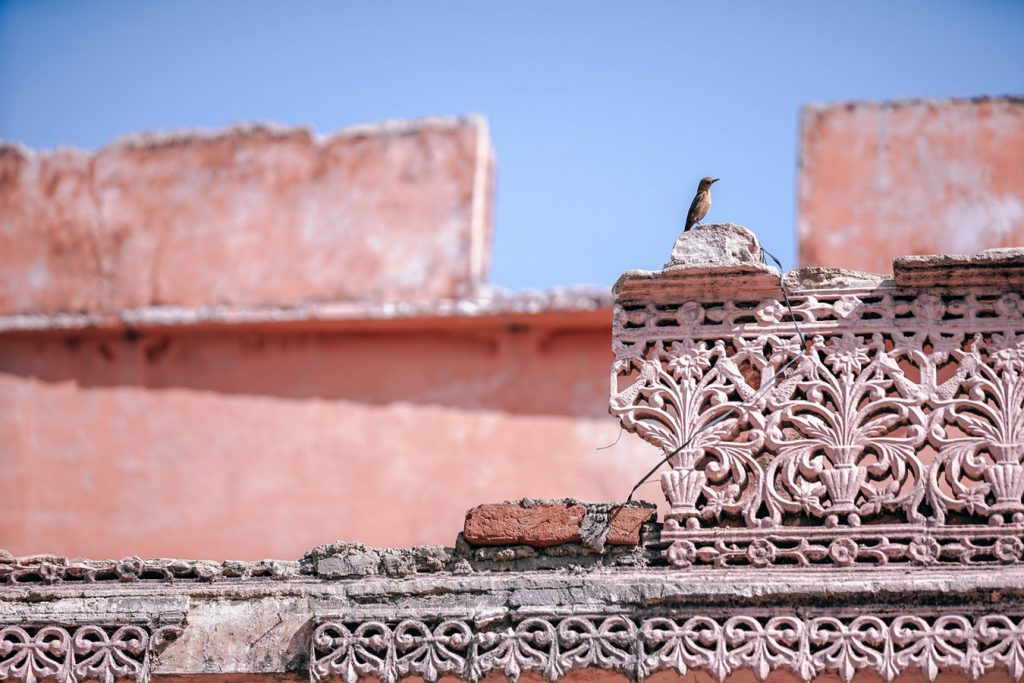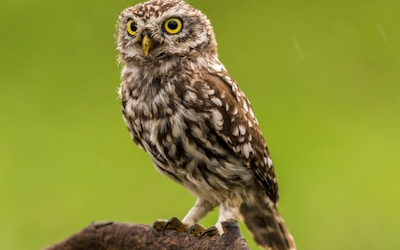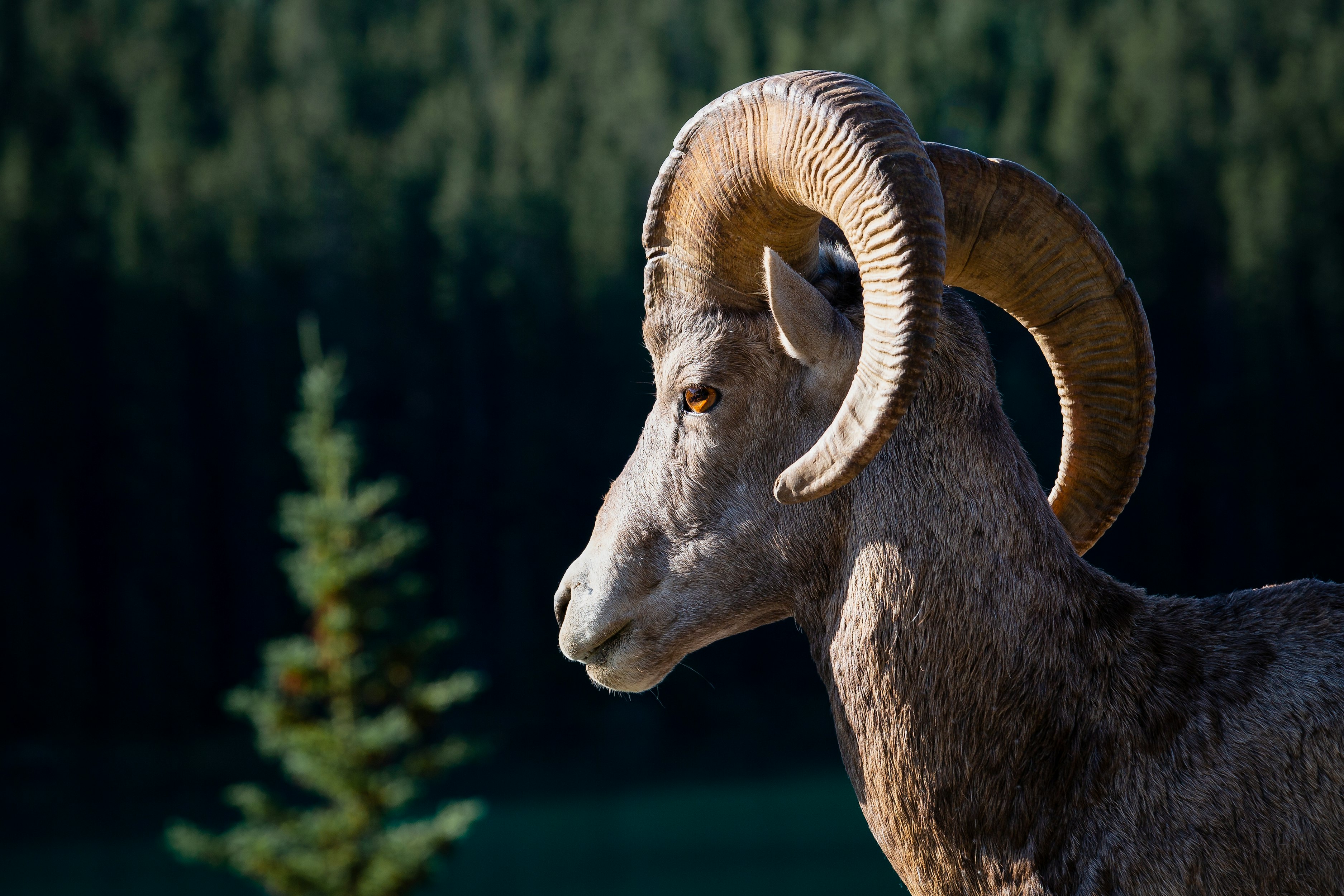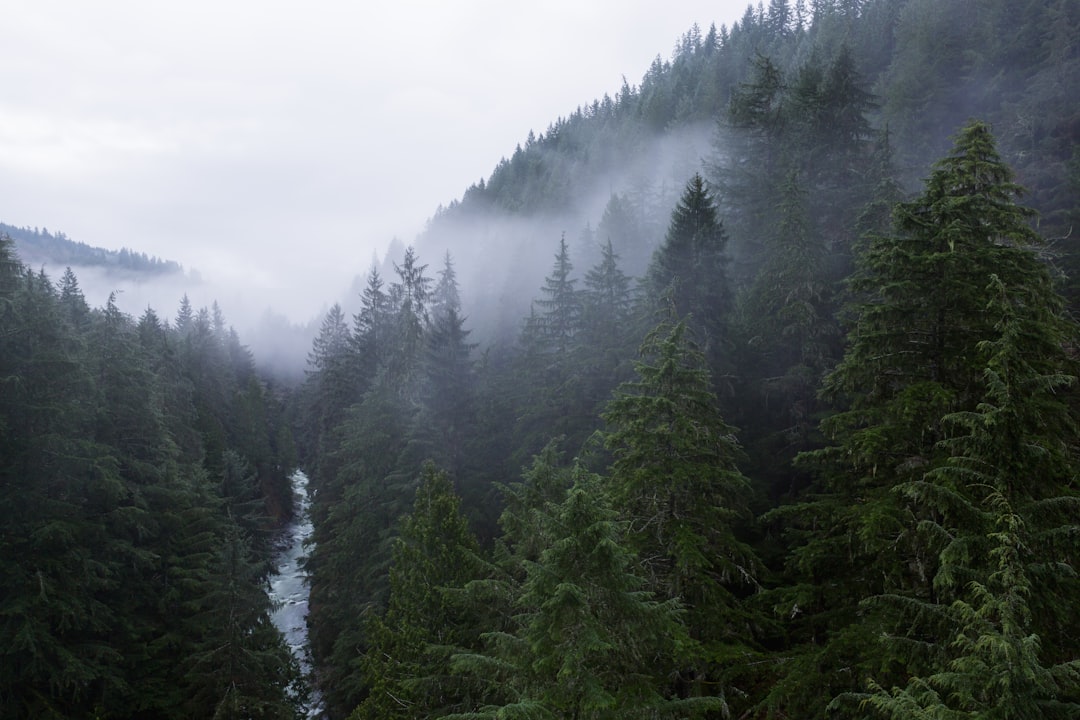Coffee Beans Are Good for Birds, Fancy Brew or Not
As described in this article, naturally-raised coffee tastes better. And the practices that produce better tasting coffee benefit birdlife.
Few Americans realize how much better naturally raised foods taste. Or that our Industrial Agriculture with its fertilizers, herbicides, pesticides, insecticides, range poisons and antibiotics – besides dumbing down food quality, have devastated insects and birds – including quail.
NOTE: this article initially appeared on NYTimes.com on February 16, 2018. It is written by Karen Weintraub. Image credits are noted.

Birds are not as picky about their coffee as people are.
Although coffee snobs prefer arabica beans to robusta, a new study in India found that growing coffee does not interfere with biodiversity — no matter which bean the farmer chooses.
In the Western Ghats region of India, a mountainous area parallel to the subcontinent’s western coast, both arabica and robusta beans are grown as bushes under larger trees — unlike in South America, where the coffee plants themselves grow as large as trees, said Krithi Karanth, who helped lead the study, published Friday in the journal Scientific Reports.
India is the seventh-largest producer of coffee in the world, according to the International Coffee Organization, an intergovernmental organization. Most of the coffee grown in India is consumed there, said Dr. Karanth, an associate conservation scientist with the Wildlife Conservation Society, but the findings of her research could have implications for shade-grown coffee in other parts of the world.
It’s the tree cover around the coffee plants that supports a wide range of animal species, she said. “Coffee farms are actually incredible habitats for all the small critters,” she said, including birds, butterflies, and amphibians.


Arabica and robusta farms proved equally good for these creatures. “Some birds do better with arabica than robusta, but overall, they’re both good for wildlife,” she said.
The difference is important, because data shows that more farmers in the area have been shifting to robusta in recent years, as prices rise for the variety, which is easier to grow.
Continue reading the main story
RELATED COVERAGE
TRILOBITES
You Want Tastier Coffee? Freeze Beans, Then Grind JUNE 16, 2016
MATTER
How Caffeine Evolved to Help Plants Survive and Help People Wake Up SEPT. 4, 2014
TRILOBITES
How Layers in a Latte Form DEC. 12, 2017
Q&A
Bitter Fate of Coffee Beans JAN. 9, 2017
(After gathering the data for the study from 2013 to 2015, Dr. Karanth co-founded a coffee company, Wild Kaapi. Charlotte Chang, an ecologist at Princeton University and another author on the paper who is not associated with the company, said Dr. Karanth’s enterprise became active after the data gathering and interpretation was completed.)
The researchers counted 204 species of birds on the coffee plantations, including at-risk species, such as the Alexandrine parakeet, the grey-headed bulbul and the Nilgiri wood-pigeon.
Anand Mandyam Osuri, a postdoctoral research scientist at Columbia University’s Earth Institute, who was not involved in the work, said it provided new insights into how changes to the coffee crop affect bird diversity.
“Even this seemingly subtle land transition can decrease the diversity of bird species that are important for conservation,” Dr. Osuri said in an email, but “the arabica-robusta transition might have relatively small impacts on bird communities in comparison to other land transitions in the Western Ghats.”


The findings show that farming is not incompatible with wildlife protection, said Jai Ranganathan, a conservation biologist and senior fellow at the National Center for Ecological Analysis and Synthesis, at the University of California, Santa Barbara, who was not involved in the research.
“Is it possible for humans and nature to thrive together? The Western Ghats says the answer can be yes,” he said, noting that the rain forests of the Western Ghats are a global hot spot for biodiversity. “There are many other examples of win-win situations in Western Ghats, which have naturally developed.”
While ethical farming has taken off in the United States and other Western countries, Dr. Karanth said she is trying to promote the idea in India, where people are not yet used to spending a premium to ensure that their consumer goods are produced in an environmentally sound way.
That premium, she said, could provide the economic incentive for farmers to keep growing coffee, rather than switching to a commodity like rubber, which requires them to cut down trees, and therefore hurts wildlife. “As long as people keep trees on their land, birds will be fine,” she said.

Like the Science Times page on Facebook. | Sign up for the Science Times newsletter.



